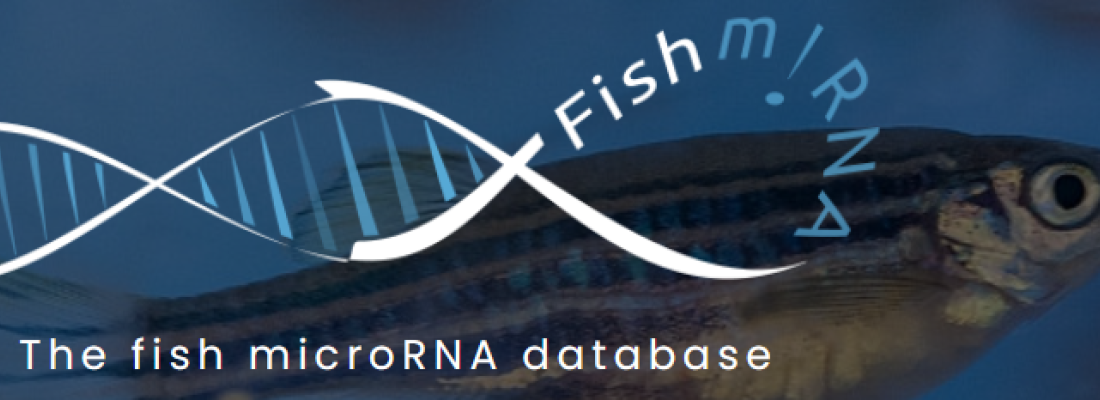FishmiRNA: an evolutionarily supported microRNA annotation and expression database for ray-finned fishes
Published on 13 January 2022

microRNAs are important post-transcriptional regulators of gene expression involved in countless biological processes and are widely studied across metazoans. While miRNA research continues to grow, the large community of fish miRNA researchers lacks exhaustive resources consistent among species. To fill this gap, we developed FishmiRNA, an evolutionarily supported microRNA annotation and expression database for ray-finned fishes: www.fishmirna.org.
The self-explanatory database contains detailed, manually-curated miRNA annotations with orthology relationships rigorously established by sequence similarity and conserved syntenies, and expression data provided for each detected mature miRNA. In just a few clicks, users can download the annotation and expression database in several convenient formats either in its entirety or a subset. Simple filters and BLAST search options also permit the simultaneous exploration and visual comparison of expression data for up to any ten mature miRNAs across species and organs. FishmiRNA was specifically designed for ease of use to reach a wide audience.
Desvignes T., Bardou P., Monfort J., Sydes J., Guyomar C., George S., Postlethwait JH., Bobe J. FishmiRNA: An evolutionarily supported microRNA annotation and expression database for ray-finned fishes. Molecular Biology and Evolution (2022), https://doi.org/10.1093/molbev/msac004
